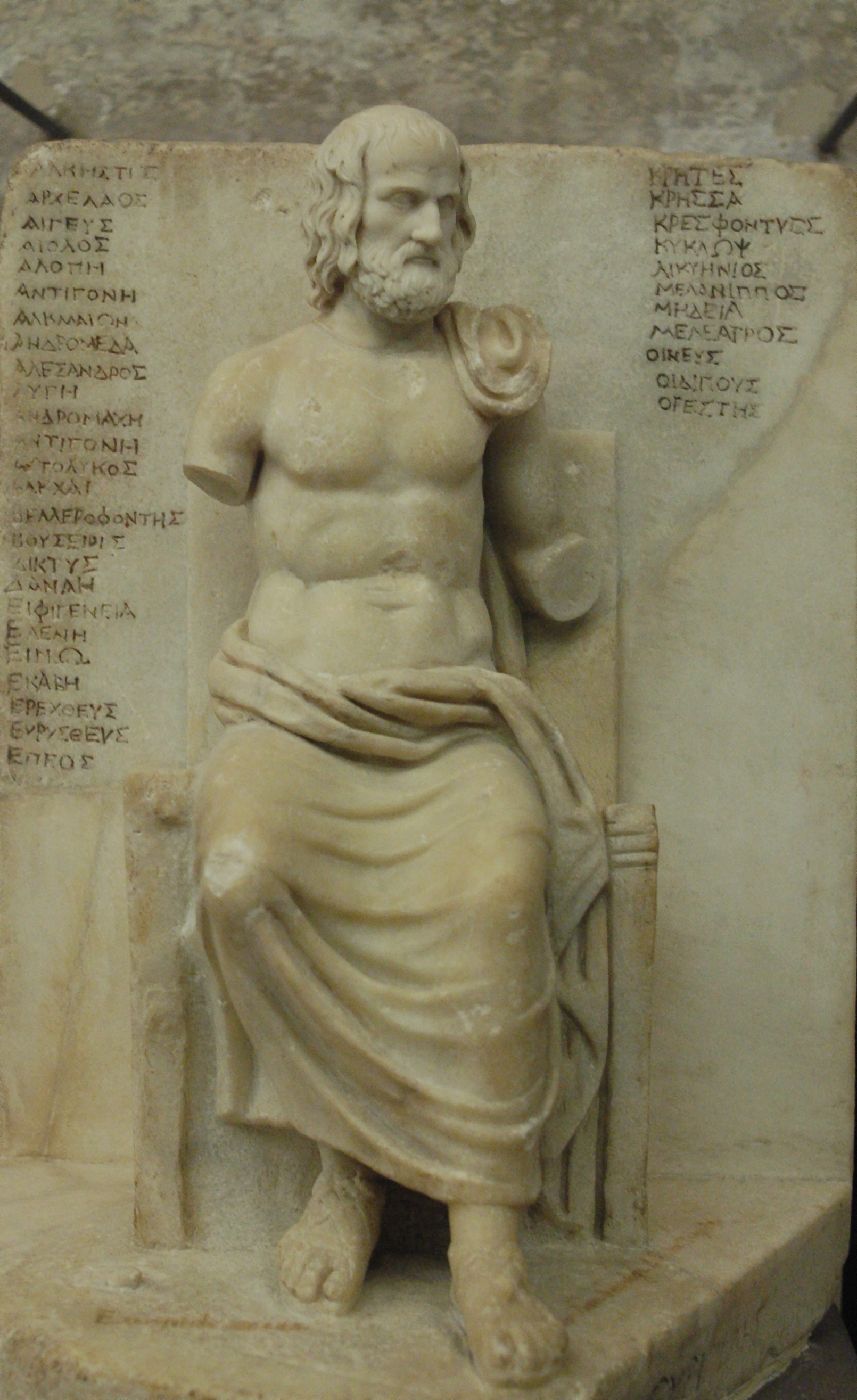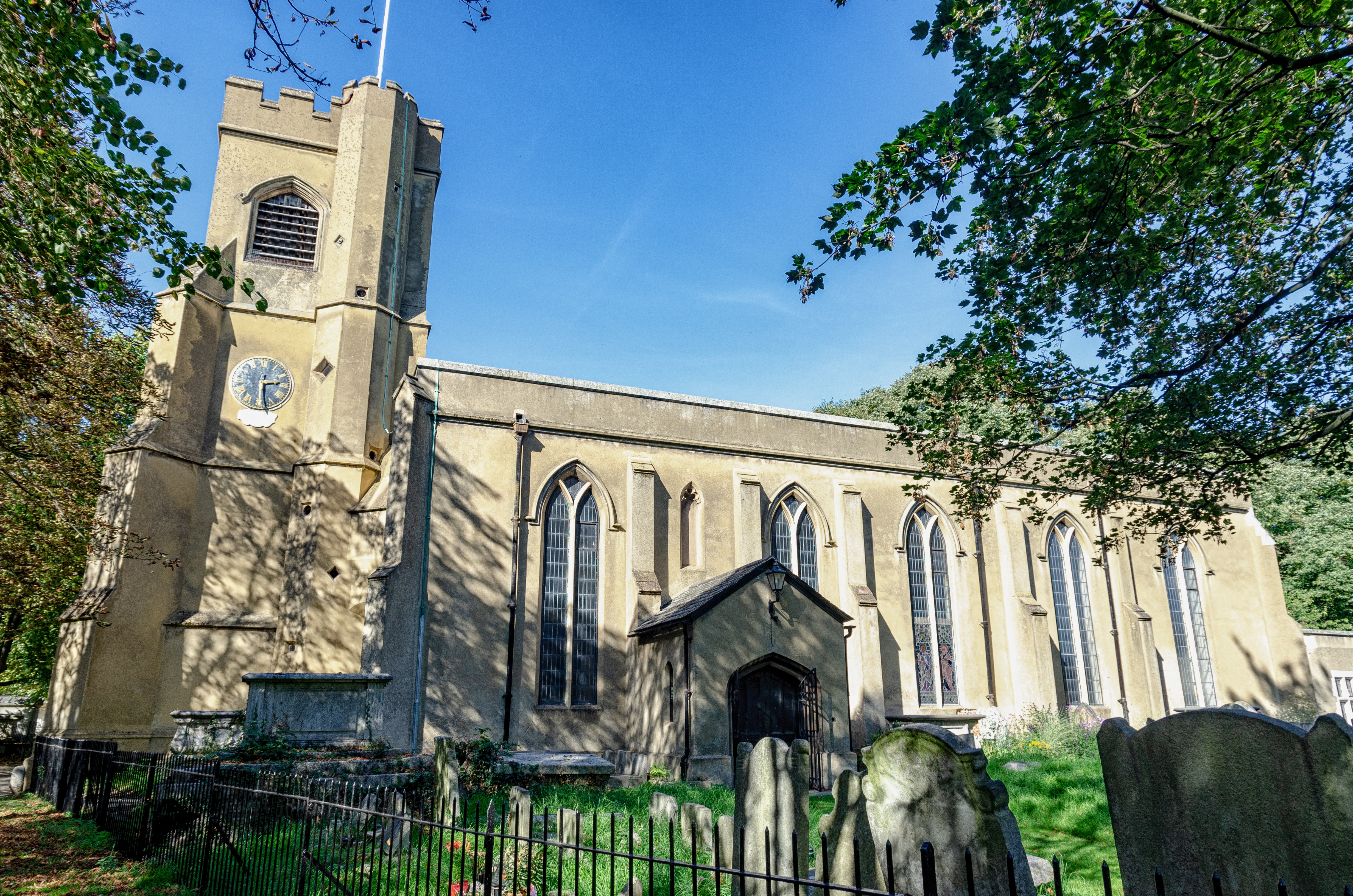|
George Gascoigne
George Gascoigne (c. 15357 October 1577) was an English poet, soldier and unsuccessful courtier. He is considered the most important poet of the early Elizabethan era, following Sir Thomas Wyatt and Henry Howard, Earl of Surrey and leading to the emergence of Philip Sidney. He was the first poet to deify Queen Elizabeth I, in effect establishing her cult as a virgin goddess married to her kingdom and subjects. His most noted works include ''A Discourse of the Adventures of Master FJ'' (1573), an account of courtly intrigue and one of the earliest English prose fictions; ''The Supposes'', (performed in 1566, printed in 1573), an early translation of Ariosto and the first comedy written in English prose, which was used by Shakespeare as a source for '' The Taming of the Shrew''; the frequently anthologised short poem "Gascoignes wodmanship" (1573) and "Certayne Notes of Instruction concerning the making of verse or ryme in English" (1575), the first essay on English versifica ... [...More Info...] [...Related Items...] OR: [Wikipedia] [Google] [Baidu] |
Midhurst
Midhurst () is a market town, parish and civil parish in West Sussex, England. It lies on the River Rother inland from the English Channel, and north of the county town of Chichester. The name Midhurst was first recorded in 1186 as ''Middeherst'', meaning "Middle wooded hill", or "(place) among the wooded hills". It derives from the Old English words ''midd'' (adjective) or ''mid'' (preposition), meaning "in the middle", plus ''hyrst'', "a wooded hill". The Norman St. Ann's Castle dates from about 1120, although the foundations are all that can now be seen. The castle, the parish church of St. Mary Magdalene and St. Denis, together with South Pond, the former fish-pond for the castle, are the only three structures left from this early period. The parish church is the oldest building in Midhurst. Just across the River Rother, in the parish of Easebourne, is the ruin of the Tudor Cowdray House. Governance National The former Parliamentary Constituency of Midhurst i ... [...More Info...] [...Related Items...] OR: [Wikipedia] [Google] [Baidu] |
Lodovico Dolce
Lodovico Dolce (1508/10–1568) was an Italian man of letters and theorist of painting. He was a broadly based Venetian humanist and prolific author, translator, and editor; he is now mostly remembered for his ''Dialogue on Painting'' or ''L'Aretino'' (1557), and for his involvement in artistic controversies of the day. He was a friend of Titian's, and often acted as in effect his public relations man. Biography The date of Dolce's birth, long accepted as 1508, was more likely in 1510. Dolce's youth was difficult. His father, a former steward to the public attorneys (''castaldo delle procuratorie'') for the Republic of Venice, died when the boy was only two. For his early studies, he depended on the support of two patrician families: that of the doge Leonardo Loredano (see Dolce's dedication of his ''Dialogue on Painting'') and the Cornaro family, who financed his studies at Padua.Terpening, p. 9. After he completed his studies, Dolce found work in Venice with the press of Gabr ... [...More Info...] [...Related Items...] OR: [Wikipedia] [Google] [Baidu] |
Phoenissae
''The Phoenician Women'' ( grc, Φοίνισσαι, ''Phoinissai'') is a tragedy by Euripides, based on the same story as Aeschylus' play ''Seven Against Thebes''. It was presented along with the tragedies ''Hypsipyle (play), Hypsipyle'' and ''Antiope (play), Antiope.'' With this trilogy, Euripides won the second prize. The title refers to the Greek chorus, which is composed of Phoenician women on their way to Delphi who are trapped in Ancient Thebes (Boeotia), Thebes by the war. Unlike some of Euripides' other plays, the chorus does not play a significant role in the plot, but represents the innocent and neutral people who very often are found in the middle of war situations. Patriotism is a significant theme in the story, as Polynices talks a great deal about his love for the city of Thebes but has brought an army to destroy it; Creon is also forced to make a choice between saving the city and saving the life of his son. Euripides wrote the play around 408 BC, amid military disas ... [...More Info...] [...Related Items...] OR: [Wikipedia] [Google] [Baidu] |
Euripides
Euripides (; grc, Εὐριπίδης, Eurīpídēs, ; ) was a tragedian of classical Athens. Along with Aeschylus and Sophocles, he is one of the three ancient Greek tragedians for whom any plays have survived in full. Some ancient scholars attributed ninety-five plays to him, but the ''Suda'' says it was ninety-two at most. Of these, eighteen or nineteen have survived more or less complete ('' Rhesus'' is suspect). There are many fragments (some substantial) of most of his other plays. More of his plays have survived intact than those of Aeschylus and Sophocles together, partly because his popularity grew as theirs declinedMoses Hadas, ''Ten Plays by Euripides'', Bantam Classic (2006), Introduction, p. ixhe became, in the Hellenistic Age, a cornerstone of ancient literary education, along with Homer, Demosthenes, and Menander.L.P.E.Parker, ''Euripides: Alcestis'', Oxford University Press (2007), Introduction p. lx Euripides is identified with theatrical innovations that ... [...More Info...] [...Related Items...] OR: [Wikipedia] [Google] [Baidu] |
Inns Of Court
The Inns of Court in London are the professional associations for barristers in England and Wales. There are four Inns of Court – Gray's Inn, Lincoln's Inn, Inner Temple and Middle Temple. All barristers must belong to one of them. They have supervisory and disciplinary functions over their members. The Inns also provide libraries, dining facilities and professional accommodation. Each also has a church or chapel attached to it and is a self-contained precinct where barristers traditionally train and practise, although growth in the legal profession, together with a desire to practise from more modern accommodations and buildings with lower rents, caused many barristers' chambers to move outside the precincts of the Inns of Court in the late 20th century. History During the 12th and early 13th centuries, law was taught in the City of London, primarily by the clergy. But a papal bull in 1218 prohibited the clergy from practising in the secular courts (where the English common ... [...More Info...] [...Related Items...] OR: [Wikipedia] [Google] [Baidu] |
Walthamstow
Walthamstow ( or ) is a large town in east London, England, within the ceremonial county of Greater London and the ancient county of Essex. Situated northeast of Charing Cross, the town borders Chingford to the north, Snaresbrook and South Woodford to the east, Leyton and Leytonstone to the south, and Tottenham to the west. At the 2011 census, the town had a population of approximately 109,424. Occupying most of the town's east-to-west High Street, Walthamstow Market is the longest outdoor market in Europe. East of the town centre is Walthamstow Village, the oldest part of Walthamstow, and the location of St Mary's Church, the town's parish church. To the north of the town is the former Walthamstow Stadium, which was considered an East End landmark. The William Morris Gallery in Forest Road, a museum that was once the family home of William Morris, is a Grade II* listed building. The town is served by five railway stations, including Walthamstow Central and Bla ... [...More Info...] [...Related Items...] OR: [Wikipedia] [Google] [Baidu] |
Nicholas Breton
Nicholas Breton (also Britton or Brittaine) (c. 1545/53 – c. 1625/6) was a poet and prose writer of the English Renaissance. Life Nicholas belonged to an old family settled at Layer Breton, Essex. His father, William Breton, a London merchant who had made a considerable fortune, died in 1559, and his widow Elizabeth (née Bacon) married the poet George Gascoigne before her sons had attained their majority. Nicholas was probably born at the "capitall mansion house" in Red Cross Street, in the parish of St Giles without Cripplegate, mentioned in his father's will. There is no official record of his residence at the university, but the diary of the Rev. Richard Madox tells us that he was at Antwerp in 1583 and was "once of Oriel College." He may have been the poet named "Mr Breton" who visited the court of James VI of Scotland in 1588 and received a gift of £160 Scots. He married Ann Sutton in 1593, and had a family. He is supposed to have died shortly after the publication of h ... [...More Info...] [...Related Items...] OR: [Wikipedia] [Google] [Baidu] |
Latin
Latin (, or , ) is a classical language belonging to the Italic branch of the Indo-European languages. Latin was originally a dialect spoken in the lower Tiber area (then known as Latium) around present-day Rome, but through the power of the Roman Republic it became the dominant language in the Italian region and subsequently throughout the Roman Empire. Even after the fall of Western Rome, Latin remained the common language of international communication, science, scholarship and academia in Europe until well into the 18th century, when other regional vernaculars (including its own descendants, the Romance languages) supplanted it in common academic and political usage, and it eventually became a dead language in the modern linguistic definition. Latin is a highly inflected language, with three distinct genders (masculine, feminine, and neuter), six or seven noun cases (nominative, accusative, genitive, dative, ablative, and vocative), five declensions, four ... [...More Info...] [...Related Items...] OR: [Wikipedia] [Google] [Baidu] |
Commendatory Verse
The epideictic oratory, also called ceremonial oratory, or praise-and-blame rhetoric, is one of the three branches, or "species" (eidē), of rhetoric as outlined in Aristotle's ''Rhetoric'', to be used to praise or blame during ceremonies. Origin and pronunciation The term's root has to do with display or show (''deixis''). It is a literary or rhetorical term from the Greek ἐπιδεικτικός "for show". It is generally pronounced orAnother English form, now less common, is ''epidictic'' . Characteristics This is rhetoric of ceremony, commemoration, declamation, demonstration, on the one hand, and of play, entertainment and display, including self-display. It is also the rhetoric used at festivals, the Olympic Games, Olympic games, state visits and other formal events like the opening and closing ceremonies, and celebrations of anniversaries of important events, including illustrious victories, births, deaths, and weddings. Its major subject is praise and blame, ac ... [...More Info...] [...Related Items...] OR: [Wikipedia] [Google] [Baidu] |

_(14597370808).jpg)


